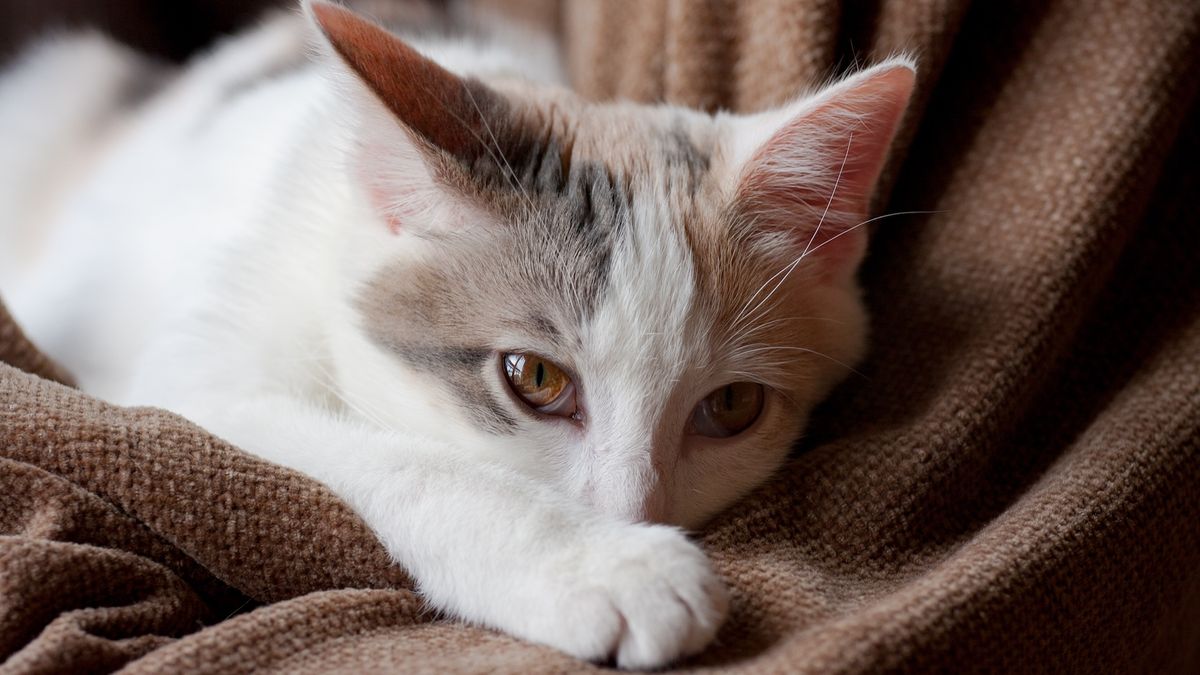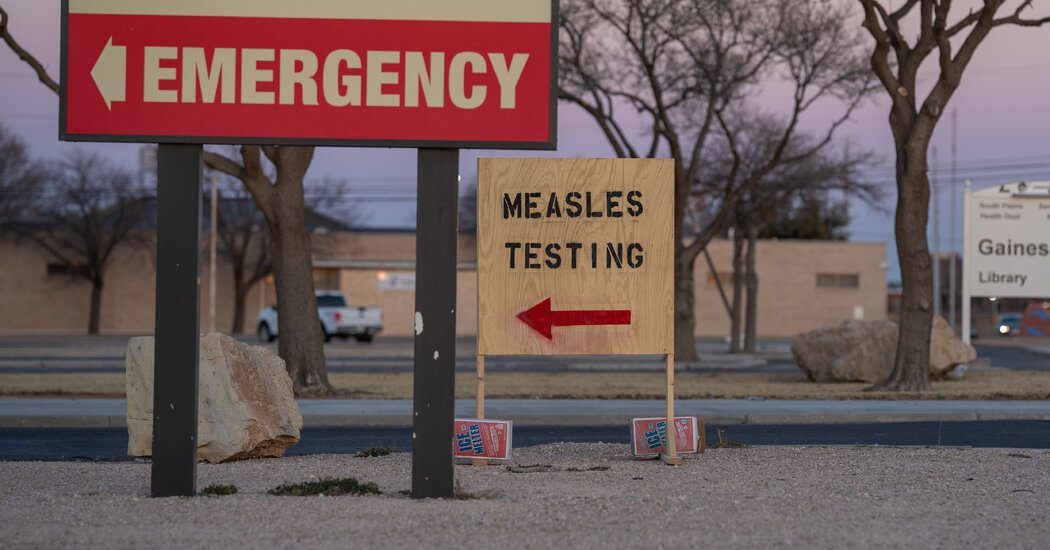
Editor’s note: This article is part of an ongoing story. Live Science is currently engaging with the CDC for updates and will provide more information upon their response.
Two indoor cats from different households in Michigan have contracted H5N1 avian influenza and unfortunately succumbed to the illness, as reported recently. These incidents suggest the potential for transmission of the virus from individuals in the cats’ homes to the pets, although the lack of comprehensive data complicates the situation.
The occurrences are detailed in a new Morbidity and Mortality Weekly Report (MMWR) published on Thursday (Feb. 20). Several contributors to this publication are specialists linked with the Centers for Disease Control and Prevention (CDC), while others are from Michigan’s health and agricultural sectors or academic institutions.
H5N1 is known to affect both wildlife and domestic cats, causing severe health issues including neurological complications that can be fatal. Since May 2022, the U.S. Department of Agriculture has documented numerous cases of H5N1 infections among both wild and domestic felines nationwide. Additionally, there have been reports of cats contracting bird flu from contaminated raw food products.
Related: Growing evidence suggests H5N1 bird flu is evolving to affect mammals in new ways
In the first reported case, one out of three indoor cats in a household became ill in May 2024. This 5-year-old female cat exhibited symptoms such as decreased appetite, lethargy, and disorientation. After being taken to a local veterinarian and later to the Michigan State University (MSU) Veterinary Medical Center for advanced care, the cat had to be euthanized due to the rapid worsening of her condition.
By that time, incidents of bird flu had already been reported in several Michigan dairy farms, and the cat’s owner worked in the dairy industry, though not directly with livestock. Following euthanasia, the cat’s remains underwent testing, confirming H5N1 in samples taken from her brain and nose, matching the strains found in local cattle.
This alarming finding led to a wider investigation, which revealed that another indoor cat in the same household displayed similar symptoms following the first cat’s illness, including reduced appetite and eye discharge. Fortunately, this second cat recovered without any specific treatment. While no tests were conducted for H5N1 on this cat, the timing of its symptoms suggests potential transmission.
Despite the dairy employee declining bird flu testing, they reported experiencing symptoms like vomiting and diarrhea just a day prior to the first cat showing signs of illness. The other three household members tested negative for flu A, the broader family of viruses to which H5N1 belongs.
Complicating matters, a teenager in the household, who frequently interacted with the sick cat, developed symptoms around six days after the cat became ill. These included cough, sore throat, headache, and muscle aches. However, the teen tested negative for influenza, instead showing positive for other common viral infections. Therefore, while the timing raises concerns, the test results suggest the individual was dealing with a standard respiratory infection.
In another Michigan household, a second case of bird flu emerged in an indoor cat during the same time. This 6-month-old male cat was taken to the MSU clinic after displaying severe neurological decline, facial swelling, and loss of appetite, dying within just 24 hours of the onset of symptoms. Tests on nasal swabs confirmed H5N1 infection.
The owner of this cat, also a dairy worker who handles unpasteurized milk from various farms, chose not to undergo testing for the virus. Citing fears for their job from disclosing information to health officials about the farms they work with, they reported suffering eye irritation two days prior to their pet’s illness. Notably, recent human H5N1 cases often involve eye-related symptoms like conjunctivitis.
The dairy worker indicated that they did not use protective gear while handling raw milk and often experienced splashes of milk on their face, eyes, and clothing. The cat that succumbed to the virus regularly rolled in its owner’s clothes, while a second cat in the home did not display this behavior.
MMWR states, “Without testing for A(H5), it remains uncertain whether the gastrointestinal symptoms reported by cat 1A’s owner or the eye issues of cat 2A’s owner were attributable to HPAI A(H5N1) virus infection or had different causes.”
Interestingly, a data table included in the latest MMWR previously appeared in a New York Times report on February 6, which appeared to be published in error as the data was promptly retracted. (Live Science is verifying if this data table is indeed the same as the one that was removed.)
According to the Times, this data had been included in a report focused on air quality amid the wildfires in Los Angeles County. Prior to this report, there had been a communication pause among federal health agencies, including the CDC’s MMWR, which had been consistently published for decades. At the time, health experts had voiced concerns over the potential withholding of data for political reasons.
This article serves informational purposes and is not intended as medical or veterinary advice.









